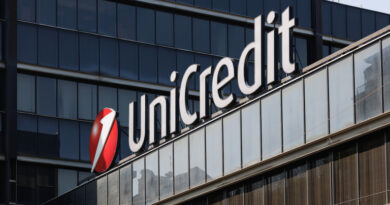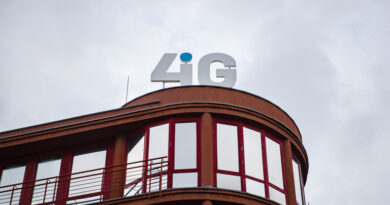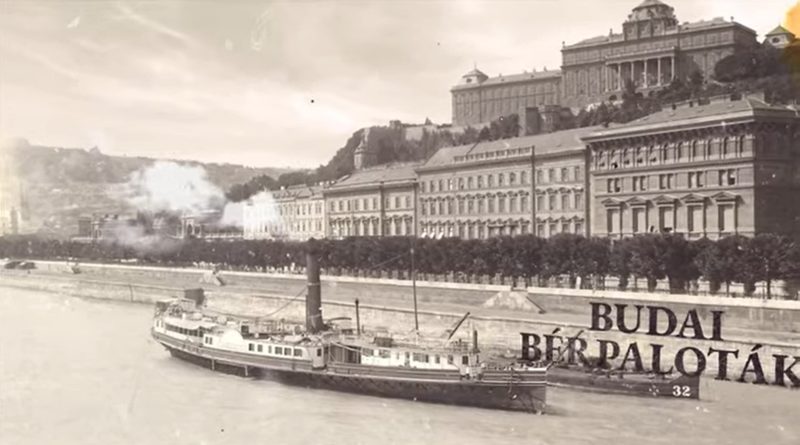Central European investment volumes exceeds € 6 billion in 2011
According to Cushman & Wakefield, investment activity in Central Europe grew substantially in 2011, with € 6.1 billion invested in the core markets of Poland, Czech, Slovakia, Hungary and Romania. This is more than double the € 2.9 billion invested in Central Europe during 2010.
Poland continues to lead the region, but Czech experienced the largest increase in transaction volumes year on year, increasing from € 479 million in 2010 to € 2.2 billion in 2011. Poland remained in front with € 2.58 billion transacted in 2011. Hungarian investment volumes increased from € 240 million to € 728 million, Romania edged forward with volumes increasing from € 241 million to € 320 million, whilst € 263 million was transacted in Slovakia in 2011, up from € 53 million in the previous year.
Transaction volumes in Central Europe had been expected to exceed € 6 billion in 2011 following a strong performance in Q1 and especially Q3, however, momentum was lost in Q4 as investors assessed the market turmoil that returned to the Eurozone, and bank lending slowed.
Investor’s sector preferences in 2011 remained largely unchanged on the previous year. Investment into retail continued to dominate, although the proportion fell back from 49% in 2010 to 40% in 2011. Office investment remained constant at 37%, and investment into the industrial sector increased from 8% to 15% in 2011.
Portfolio transactions accounted for 40% of the total volume, with the Europolis, VGP, Multi-Development, PPF, TriGranit and Aviva transactions the most significant.
Whilst there was general agreement that Poland had achieved the status of a core market in 2011, not all investors were seeking safe havens, and a strong appetite for value prevailed with some investors priced out of Poland and won over by the relatively more attractive pricing in Czech. Institutional and corporate buyers accounted for 32% of the volume transacted, attracted by the better growth potential offered by the CE region compared with Western Europe. Core plus and opportunistic / ‘value add’ investors each accounting for a further 22%. CA Immo, AEW Europe, Atrium, Unibail Rodamco, Heitman, Deka, Union, Invesco, ECE, Meyer Bergman and Blackstone were notably acquisitive in 2011.
During the course of 2011 most markets experienced further yield compression to Q3, after which pricing tended to stabilise. Pricing for core retail assets in Poland and Czech moved towards the key 6% benchmark but failed to break through, whilst yields for prime CBD offices moved close to 6.25%. The best industrial pricing was recorded at 7.75%.
Investor sentiment remains positive for Poland and Czech but everyone is looking hard at Hungary to see if it will be the next EU domino to fall and if it does, whether it takes others in CEE countries down with it or instead turns the pressure up on western markets like Austria, and Greece who’s banks are heavily exposed to the region. The Hungarian government has not gained many plaudits for its handling of the situation but with the IMF coming back to the table, there is some hope that a credible austerity and financing plan will soon be in place – allowing the Hungarian property market to once more focus on local supply and demand issues and possibly to benefit then from the yield premium it offers versus its neighbours.
Commenting on the outlook for 2012, Charles Taylor, Partner at Cushman & Wakefield added “Most CE markets in 2011 experienced a significant increase in activity due to much improved investor appetite and a reasonable supply of quality assets. Moving into 2012, we see increased disparity across the region in terms of property market fundamentals and importantly, a widening gap in investor confidence. Given the more difficult financing environment, we don’t expect 2012 volumes to match the previous years; our forecast is around € 5 billion”.
































